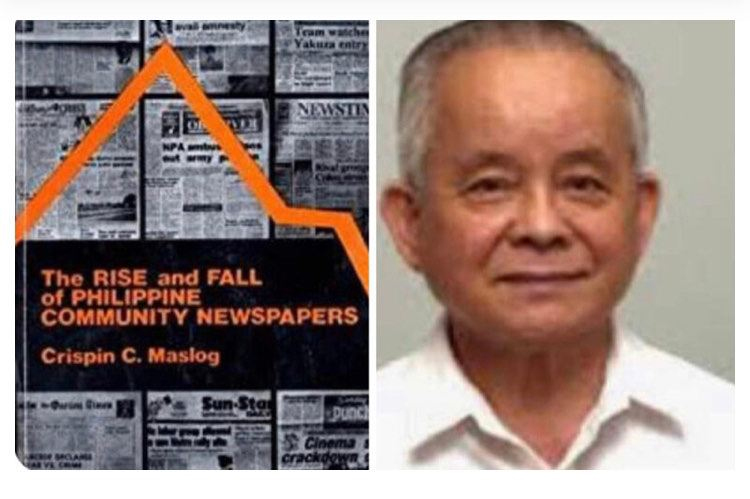SunStar: a Cebu success story

SunStar: a Cebu success story
PACHICO A. SEARES
2012 (CJJ7)
(Excerpts from “The Rise and Fall of Philippine Community Newspapers” by Crispin C. Maslog, published in 1993 by Maslog and Philippine Press Institute, funded by Konrad Adenauer Foundation.]

BY community journalism standards, the success of Sun.Star Daily in Cebu, the Philippines’ second largest city, has been considered phenomenal.
Generally, it takes at least five years for a paper to take root, grow and produce money. In just seven months since its first issue came out, however, Sun.Star wrestled leadership in circulation and, in less than two years, captured the bigger share of advertising revenue from the then No. 1 local paper in Cebu.
One management tool that can help is a strong sense of the presence of competition. The competition that is often highly visible is the race for ads and subscribers.
A local paper that has acquired leadership in circulation enjoys a great advantage. The advertiser chooses the paper with the bigger readership. That is merely exercising good business sense: getting more for one’s advertising peso.
The growth of circulation depends largely on the quality of the product.
Marketing linchpin
Sun.Star was conceived and implemented with one marketing linchpin: that it would look better and read better than the existing Cebu papers.
The entire planning focused on areas where Sun.Star could do better than competitors: the design or look of the paper, the quality of printing of both and editorial and advertising matter, the extensiveness of coverage and the quality of the stories, the capacity of columnists and other opinion-makers to stir interest and stimulate discussion of issues, the variety of features and other materials not usually found in community papers.
Of course, producing and promoting an attractive editorial product demand resources.
Use of resources
Aside from having the resources, once must use these resources judiciously. Each department must have a budget set according to its goals and must operate strictly within the budget. Overruns may be allowed only if cause by unusual market forces, not by excesses or imprudence of the decision maker.
The business manager must not only know what’s going on in his office, he must also keep the line open to feedback or complaints from news dealers, advertisers, newsboys, sales representatives and others in the field. He must keep himself posted on what the competition is doing, in circulation or in sales, which may threaten his share of the market.
The business manager must be alert to changes in production cost in relation to the advertising revenue and circulation revenue. For instance, even a slight increase in the cost of newsprint may necessitate adjustments in the ex-plant price per copy, in the print run, or in the number of pages of the paper. Substantial losses can be incurred if market forces are overlooked or ignored.
Business manager, editor
The editor, for his part, must be aware of the fluctuations in circulation and their causes—be they the deterioration of the quality of the paper, the loss of credibility or such quirks as a boycott or some similar upheaval in the paper’s readership.
The business manager and the editor are expected to be proficient in human relations. That skill can spell the difference between success and failure in managing the business and the newsroom.
Policies on salaries and benefits, along with promotions and other rewards, should consider standard practices of the industry, especially those of the competing paper, as well as the availability of manpower supply and respect for the value of labor.
Integrity, credibility
The paper should draw up rules on situations that create potential conflict of interest. For instance, may a reporter also work as government employee or write as a correspondent for a national paper? May a columnist sit as a member of a government board or commission? Written rules on these situations will avoid irritants among all those concerned and possible embarrassment for the paper.
Integrity and credibility—these are the qualities a newspaper should acquire for it to gain acceptance from the community. Acceptance means readership means advertising means revenue means viability survival and stability. 
